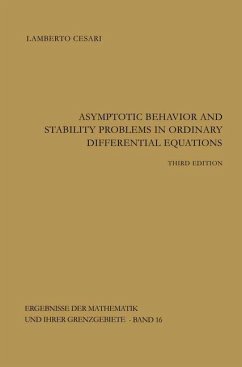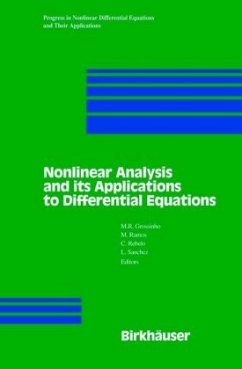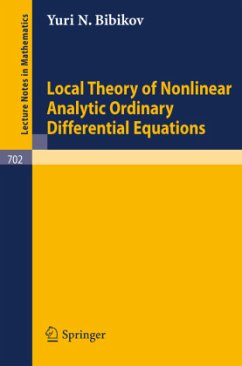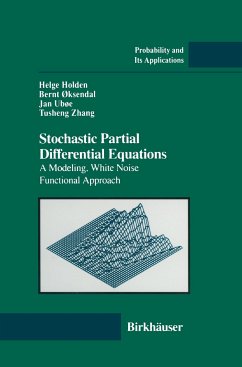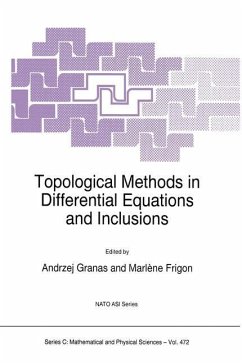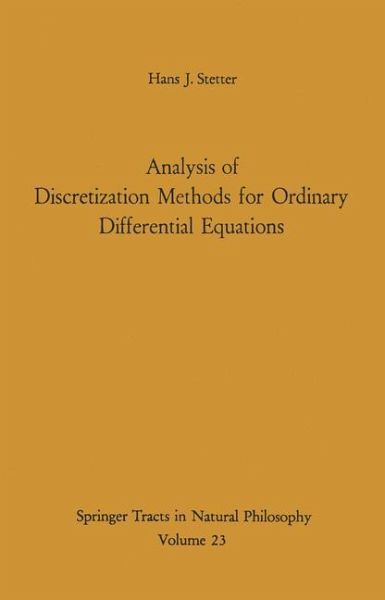
Analysis of Discretization Methods for Ordinary Differential Equations
Versandkostenfrei!
Versandfertig in 1-2 Wochen
39,99 €
inkl. MwSt.

PAYBACK Punkte
20 °P sammeln!
Due to the fundamental role of differential equations in science and engineering it has long been a basic task of numerical analysts to generate numerical values of solutions to differential equations. Nearly all approaches to this task involve a "finitization" of the original differential equation problem, usually by a projection into a finite-dimensional space. By far the most popular of these finitization processes consists of a reduction to a difference equation problem for functions which take values only on a grid of argument points. Although some of these finite difference methods have ...
Due to the fundamental role of differential equations in science and engineering it has long been a basic task of numerical analysts to generate numerical values of solutions to differential equations. Nearly all approaches to this task involve a "finitization" of the original differential equation problem, usually by a projection into a finite-dimensional space. By far the most popular of these finitization processes consists of a reduction to a difference equation problem for functions which take values only on a grid of argument points. Although some of these finite difference methods have been known for a long time, their wide applica bility and great efficiency came to light only with the spread of electronic computers. This in tum strongly stimulated research on the properties and practical use of finite-difference methods. While the theory or partial differential equations and their discrete analogues is a very hard subject, and progress is consequently slow, the initial value problem for a system of first order ordinary differential equations lends itself so naturally to discretization that hundreds of numerical analysts have felt inspired to invent an ever-increasing number of finite-difference methods for its solution. For about 15 years, there has hardly been an issue of a numerical journal without new results of this kind; but clearly the vast majority of these methods have just been variations of a few basic themes. In this situation, the classical text book by P.





